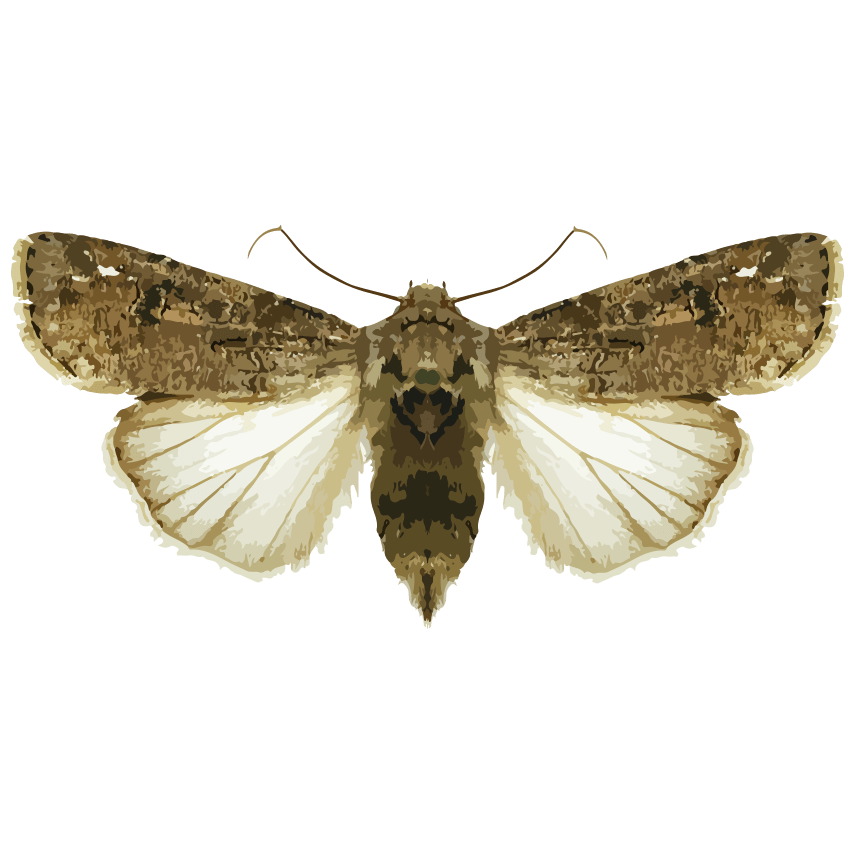


| Latin Name | Agrotis segetum |
| Common Name | Turnip moth |
| Biology | Adults are nocturnal and attracted to black light traps and sugar-vinegar solutions, laying eggs in the soil near the roots of crops. Larvae hide during the day and emerge at night to feed on the stems and roots of crop seedlings, causing gaps in seedling stands or broken rows. This pest completes 2-4 generations annually, overwintering as larvae or pupae in the soil. |
| Damage | This pest damages multiple crops such as cotton, corn, and vegetables. |
| Distribution Regions | Eurasia |
| Monitoring | Pheromone lures mimic natural sex pheromones to attract male insects into specialized traps for population monitoring and suppression. As a core IPM component, monitoring enables early risk detection and targeted control. Mass trapping reduces mating opportunities to curb offspring populations. Protocols: ●Use only with matched traps. ●15-45 traps/hectare,replace/replenish every 4-6 weeks. ●Wear gloves or wash hands with detergent when switching lure types. ●Refer to trap-specific hanging instructions. |
| Recommended Traps | Delta Trap, Wing Trap |

Partagez vos coordonnées pour recevoir des solutions à phéromones adaptées avec précision. Si notre portefeuille existant ne propose pas la solution optimale, notre équipe de chimie de synthèse lancera un développement sur mesure – de la conception de la structure moléculaire à la production à grande échelle.